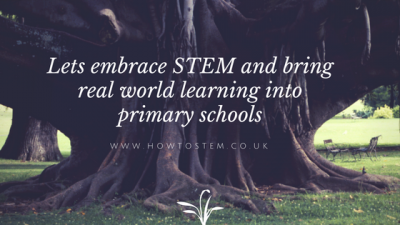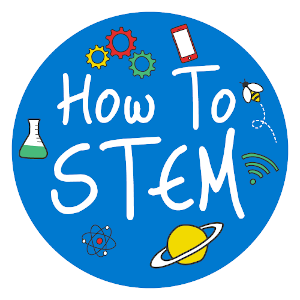 Very early on in my teaching career, a student responded to an activity I had set during a maths lesson with a very simple question: ‘what’s the point?’ This is a question that could be taken one of two ways by a teacher who had so far spent her NQT year overdosing on lesson planning. However, taken objectively, it was a perfectly valid question and one that I fear many students across the country have asked themselves over and over again throughout their school education. What’s the point? How does any of this relate to ‘the real world’?
Very early on in my teaching career, a student responded to an activity I had set during a maths lesson with a very simple question: ‘what’s the point?’ This is a question that could be taken one of two ways by a teacher who had so far spent her NQT year overdosing on lesson planning. However, taken objectively, it was a perfectly valid question and one that I fear many students across the country have asked themselves over and over again throughout their school education. What’s the point? How does any of this relate to ‘the real world’?
In an education system dominated by assessments and SPAG tests, it’s easy to see students becoming disengaged with learning as they grapple to memorize a plethora of different calculation methods and make sense of the grammatical posters plastering the walls around them. Even at primary school level, children can spot disparities between what they are taught, and the strategies that they see applied in day-to-day life. They know that the adults in their lives do not spend hours copying out examples of grid method multiplication onto squared paper and they become increasingly aware that these adults are not always familiar with the various methods that they are expected to demonstrate in their homework.
Children are constantly bombarded with answers to questions that they simply haven’t asked. Leave them to their own devices, however, and we find that they are naturally exploring and asking questions of the world around them. We see this kind of exploratory play in pre-schools and reception classes in which children work together to enact real-world scenarios and solve problems. Follow these children up through primary school, however, and we find that this exploratory learning stops rather abruptly.
Our students are growing up in a world increasingly dominated by STEM (Science, technology, engineering and mathematics) advancements and it is our duty to make their learning exciting and relevant to the ‘real world’ skills that they need to succeed. STEM careers continue to be some of the fastest growing and most in demand career areas with STEM graduates currently earning some of the highest starting salaries. However, speak to a primary school child and they are likely to describe science and maths as ‘difficult’ and ‘boring’. It is now more important than ever that we ditch the worksheets and bring these areas of learning together a practical focus that allows children to be creative, exploring their ideas and developing them further.
Here at HowToSTEM, we’re passionate about developing exciting STEM resources that engage children’s natural curiosity. We begin each of our activities with a real-world question or problem, challenging the children to collaborate together in order to solve it. We know how busy teachers are with so many skills and objectives to cover so we’ve linked each activity to the national curriculum. What’s more, resources are clear and open-ended to allow them to be adapted to the age and needs of each specific class.
It’s time that primary schools engaged with the world around us, inspiring children from an early age with ‘real world learning’. As a primary school teacher and former science-phobe, I can think of no better platform to excite and inspire children than STEM.




